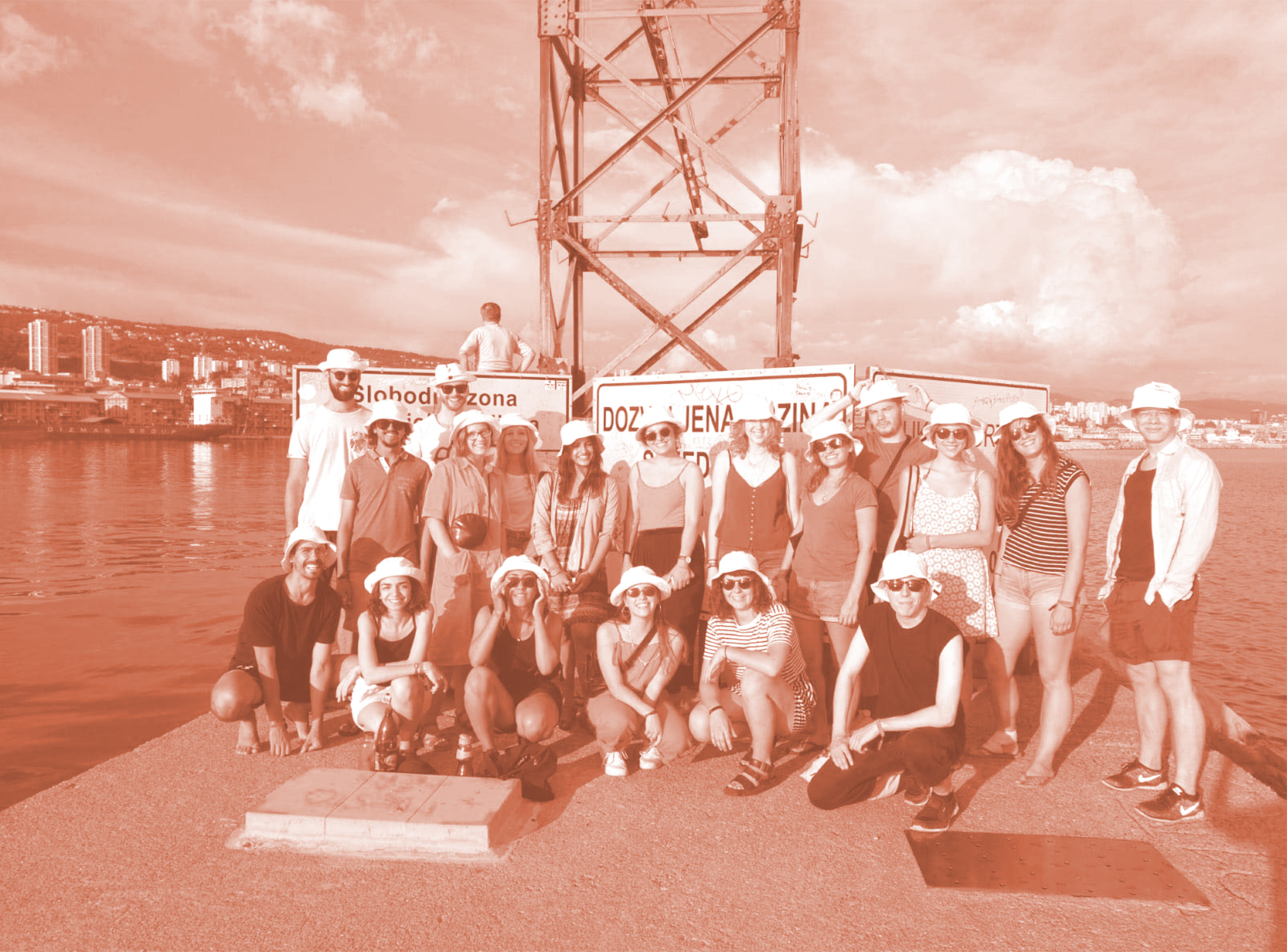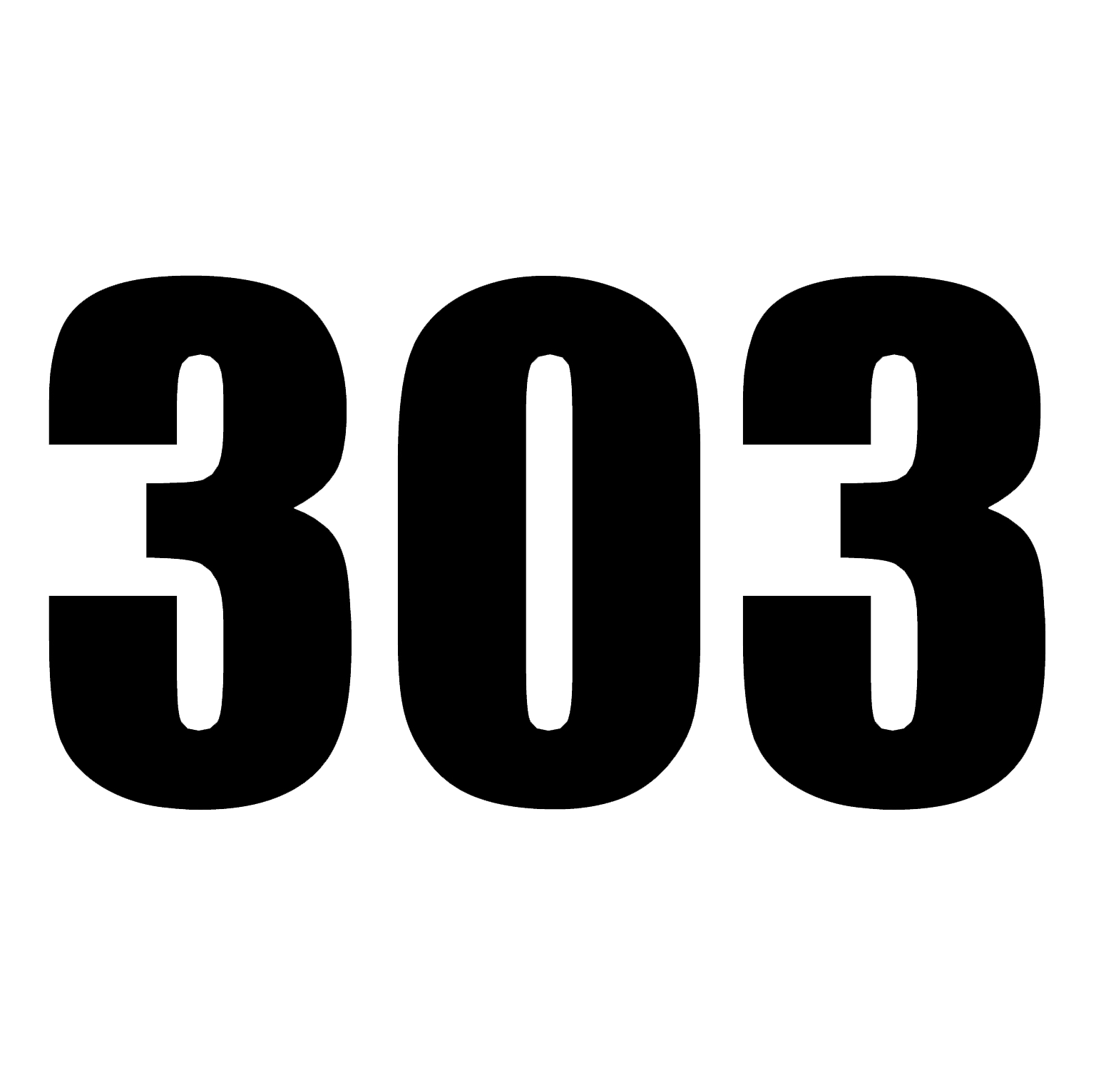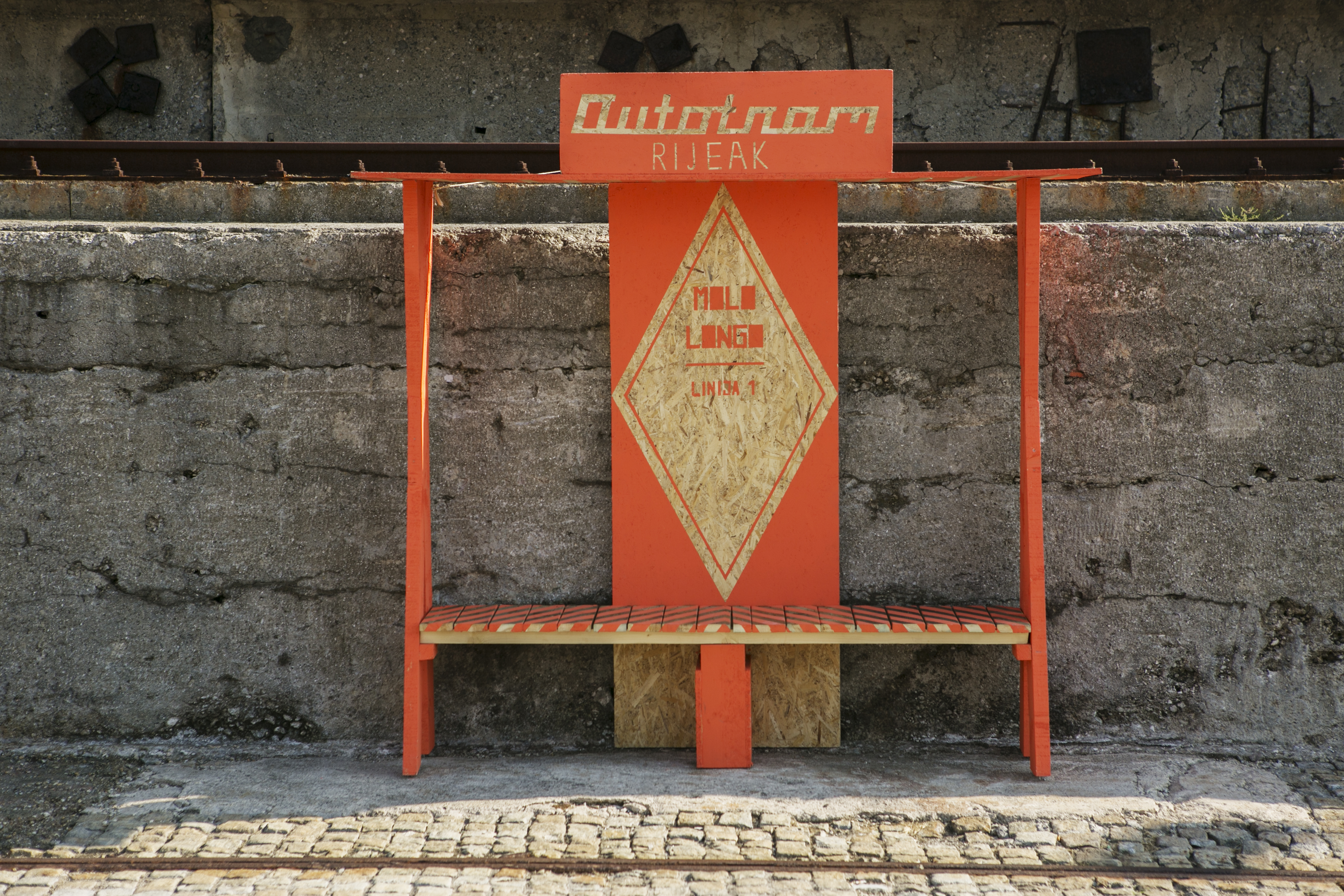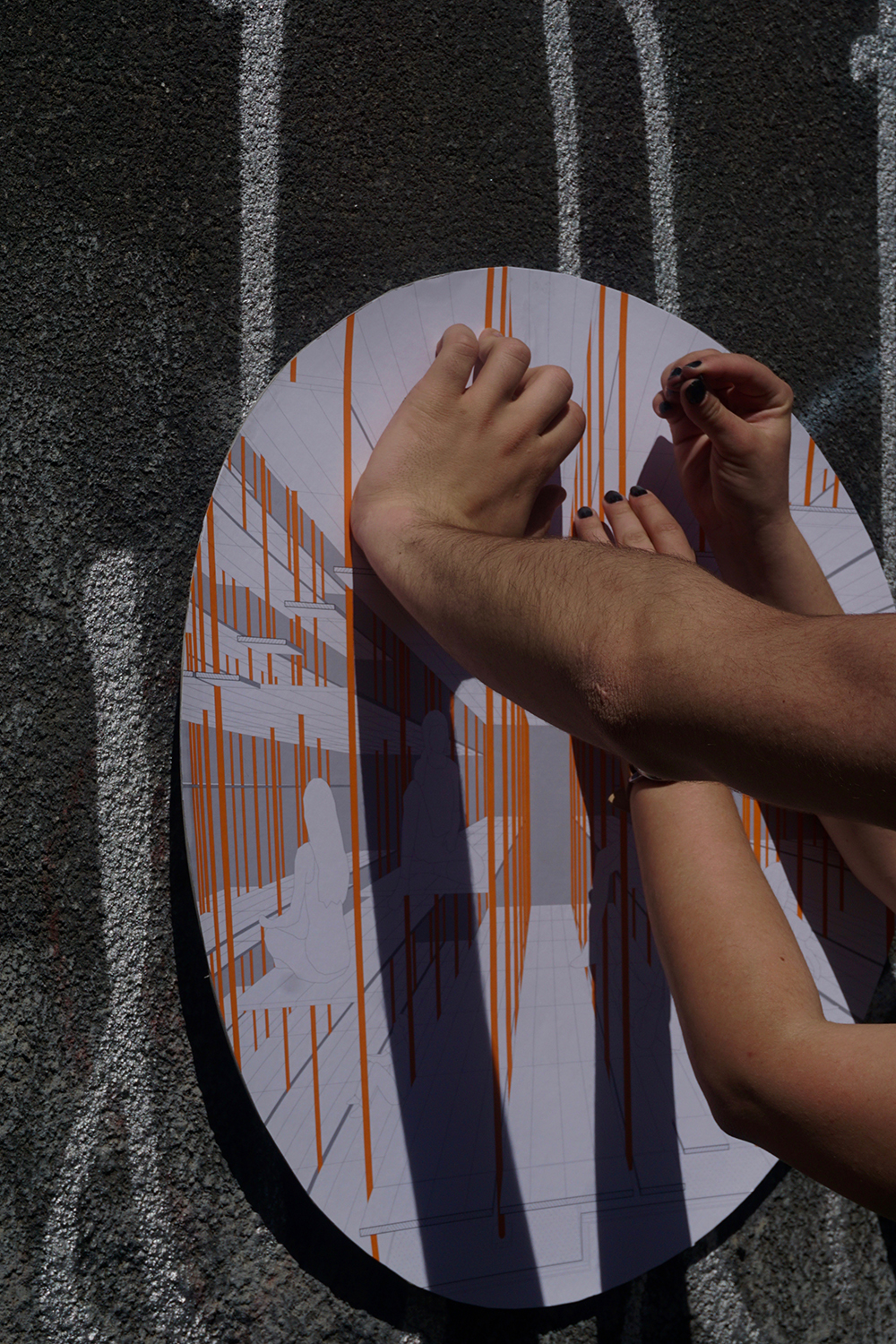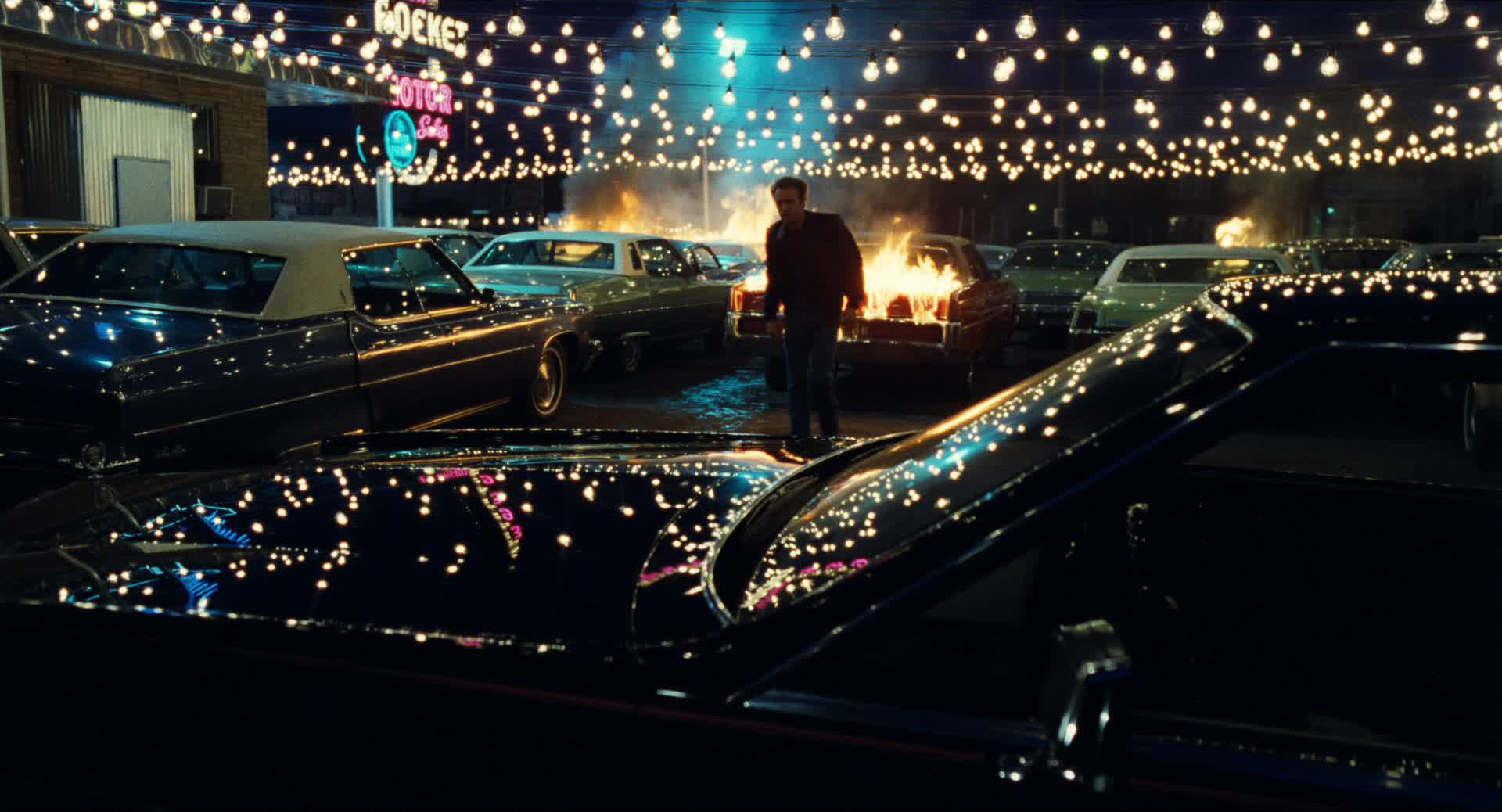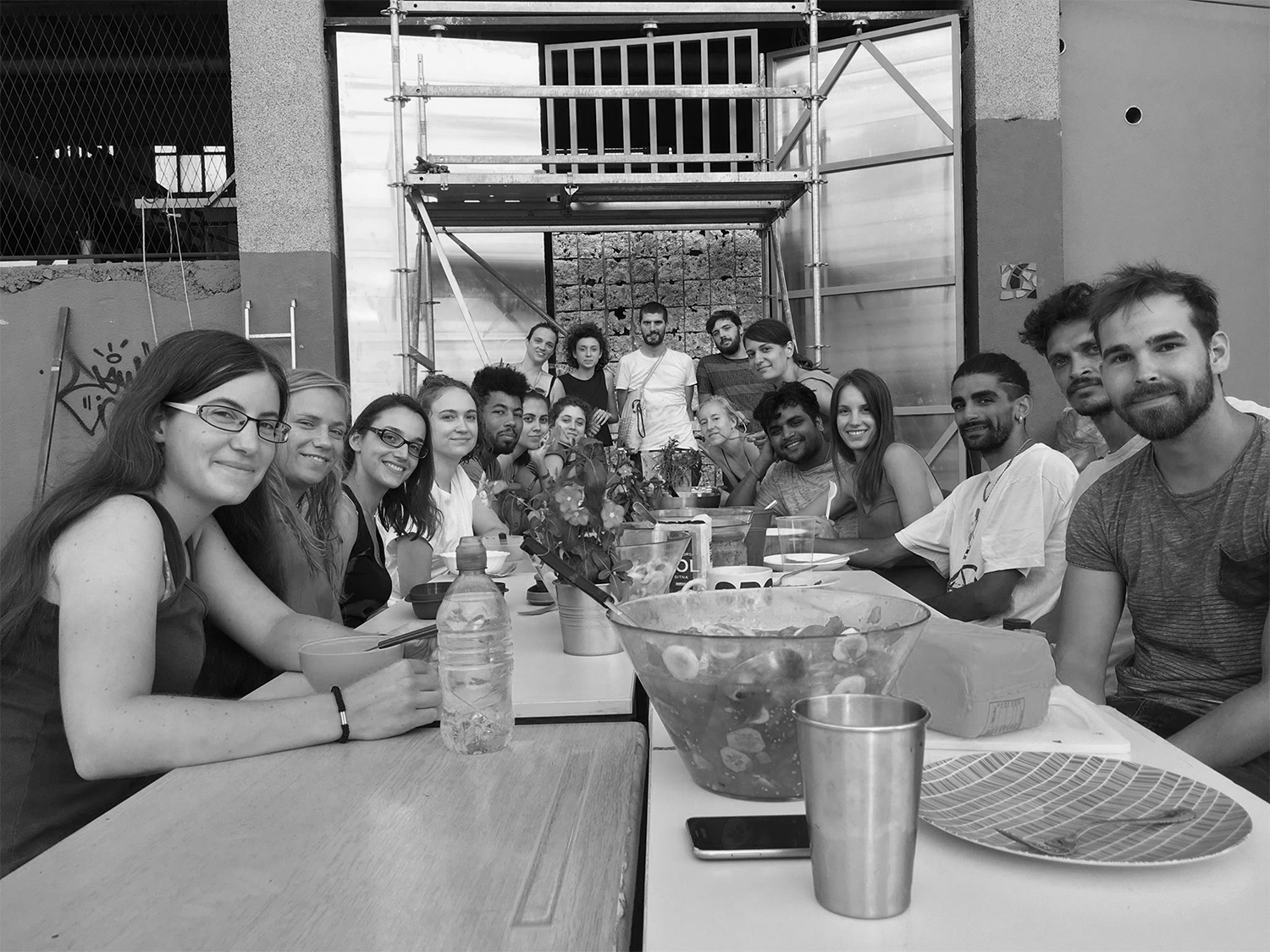“RE is dealing with the past or present to sort things out of the future.”
When Rijeka becomes Rijeak, it will be about dealing with the local resources, potentialities and absurdities, just by giving people a new perception of their own city. Rijeak is also an echo to hack. By hacking Rijeka, we will create new visions, virtual pasts, and allow people to dream again about their own lands. Urban hacking brings poetry and a future to apparently abandoned and unused spaces.
In regard to the city context, we chose not to pick a particular site as suggested. Our workshop challenges participants to analyse, connect, create and criticize everything, everyday, in order to disturb, react, question and give an opportunity for something to happen: but how?
“RE establishes a new and different kind of order or value.”
Introduction to the spirit of Rijeak
Firstly, we – the tutors, spent some time discussing about the purpose and the philosophy of the location with the participants. We encouraged our participants to have provocative, humorous and ironic ways to react to Rijeka’s problems, absurdities and potentialities.
City exploration
We then split into groups and took different routes across the city to look for and discover some interesting places to deal with. We all had the same map, to be able to compare and contrast all the places we chose, and from this, we would start to consider what kind of possible interventions could be made.
Brainstorming
With the data we collected, we began to work together and share all the hacking ideas. After a lot of discussions and drawings, we gathered all the propositions and picked those that we felt were more relevant to the area’s scenario, then continued developing them even further.
Production
We started producing interventions for the EASA community only using recycled materials we found around the Exportdrvo area. Then in groups, we finalized all of the designs and drawings, which were built and bought to life in our workshop space.
Installation
In different groups, we spent two days assembling and placing our interventions on-site. As this was the first and only time our interventions were on the site, there were some alterations that needed to be made, as well as painting jobs that were directly made onto the city’s surfaces.
Documentation
Finally, we revisited our interventions to take photos and videos, as we believed their lifeline would be unpredictable. Because of this belief, we also created an Instagram hashtag #RIJEAK, which we painted on each intervention. We hoped that by using this hashtag, citizens could join team Rijeak in the documentation process. We hoped that this hashtag would reveal and allow people to discover other Rijeak projects spread across the city.
“Long live Rijeak!”
Resume: The aims and principles of Rijeak not only looked to engage the local residents in their own city but gave all of us, as participants in the workshop, a great opportunity to understand the city we were working with. Rijeak asked us to think about Rijeka on a deeper level. Site-specific, sympathetic interventions, that provoked thought and motivated change, whilst being playful and lighthearted. This was a true example of an EASA workshop exceeding expectations. Maybe even a precedent for architecture and urban planning around the world.
Rijeak team: Arina Butiu (Romania), Beāte Zavadska (Latvia), Cselényi Bence (Hungary), Cleo Hesse (Luxemburg), Dorica Santos (Denmark), Damien Girard (France), Detti Kolossváry (Hungary), Gayane Patvakanyan (Russia), Ilia Voulgari (Greece), Irhana Šehović (Bosnia and Herzegovina), Lauriane Touvron (France) , Matti Jänkälä (Finland), Michael Hammerschick (Austria), Polly Amery (Wales), Quentin Bourguignon (France), Sadia Avdija (Switzerland), Salome Pkhakadze (Georgia) , Saloni Pandit (India), Timothé Houillon (France), Yatharth Gupta (India)
Text: Damien Girard, Quentin Bourguignon, Timothé Houillon
Videos: novilist.hr
Photos: Alexandra Kononchenko, Petar Fabijan (baumit.hr), #rijeak
